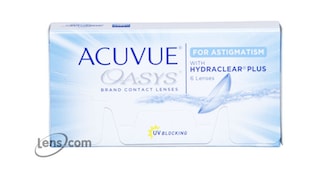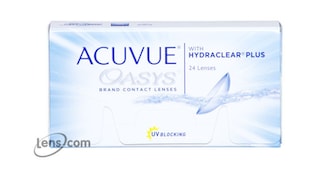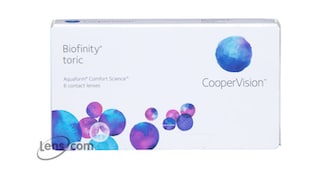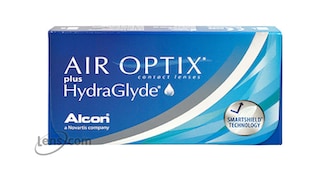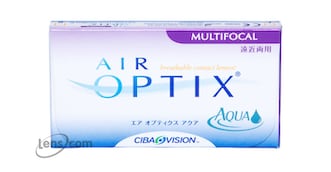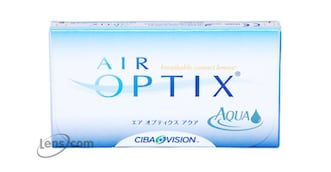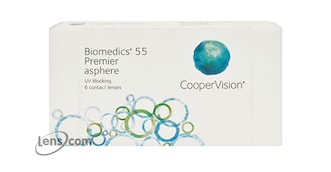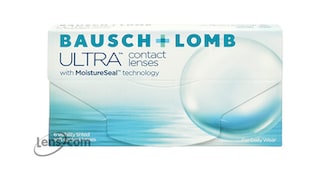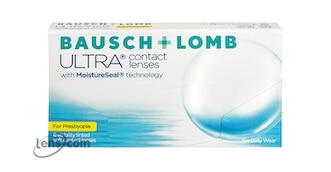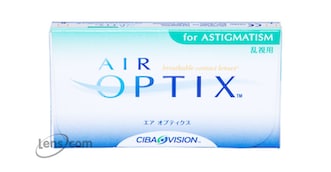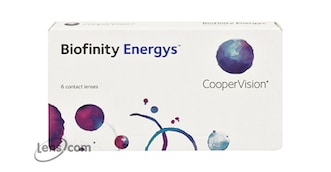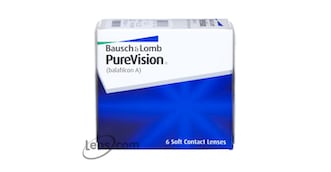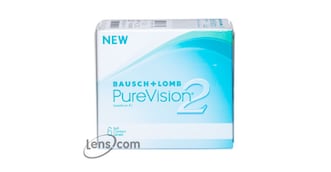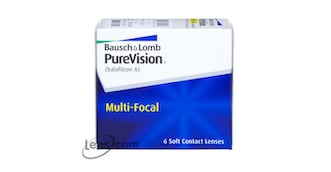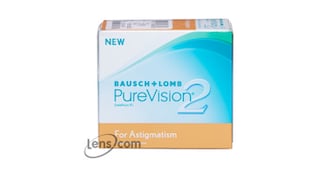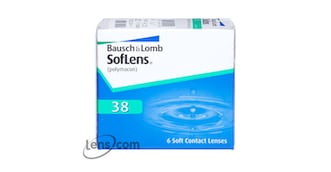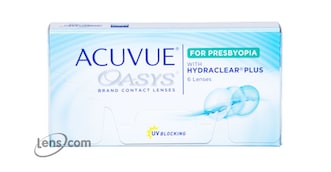Overnight Contact Lenses
| Most Popular Overnight Contact Lenses Contact Lenses | |||
|---|---|---|---|
| All Overnight Contact Lenses Contact Lenses | |||
|---|---|---|---|
| Overnight Contact Lenses Contact Lenses With Rebates | |||
|---|---|---|---|
See All Available Overnight Contact Lenses Rebates
| Rebates for Order Amounts | |||
|---|---|---|---|
| Overnight Contact Lenses Brand Products | 4 Boxes | 8 Boxes | |
| Acuvue 2 | -- | $180 | |
| Acuvue Oasys 12 Pack | $85 | -- | |
| Acuvue Oasys 24 Pack | $85 | -- | |
| Acuvue Oasys for Astigmatism | -- | $180 | |
| Acuvue Oasys for Presbyopia | $75 | -- | |
| Air Optix Aqua | $85 | -- | |
| Air Optix Aqua Multifocal | $95 | -- | |
| Air Optix for Astigmatism | $75 | -- | |
| Air Optix Night & Day Aqua | $105 | -- | |
| Air Optix plus HydraGlyde | $75 | -- | |
| Biofinity | $85 | -- | |
| Biofinity Energys | $75 | -- | |
| Biofinity Multifocal | $135 | -- | |
| Biofinity Toric | $135 | -- | |
| Biomedics Toric | $75 | -- | |
| Focus Night & Day | $105 | -- | |
| PureVision | $75 | -- | |
| PureVision 2 HD | $85 | -- | |
| PureVision 2 HD for Astigmatism | $75 | -- | |
| PureVision MultiFocal | $75 | -- | |
| SofLens 38 (Optima FW) | $75 | -- | |
| ULTRA | $85 | -- | |
| ULTRA for Presbyopia | $75 | -- | |
About Overnight Contact Lenses Contacts
Features of Overnight Contact Lenses
The cornea — the clear front surface of the eye — needs oxygen to stay healthy. It typically gets oxygen only from tears and directly from the atmosphere. Contact lenses can reduce the oxygen supply to the cornea, making the cornea swell. Sleeping in regular contacts can also further decrease the amount of oxygen that gets to the cornea. This can potentially lead to hypoxia, eye infections, and sight-threatening conditions.
For these reasons, overnight contacts are typically made of silicone hydrogel materials. These materials, which are thinner than hydrogel materials used for most regular contacts, enable the lenses to “breathe” better. In fact, silicone hydrogel lenses allow up to five times more oxygen to reach the cornea than hydrogel lenses.
Most overnight contact lenses are approved for up to six nights and seven days of continuous wear. Some overnight contacts can even be worn for up to 30 days straight. However, it’s worth noting that these are the maximum recommended wearing schedules. In actuality, many people cannot tolerate wearing overnight lenses for the full 30 days, and some people cannot tolerate any overnight wear of contact lenses at all.
That being said, there are certain people who would benefit significantly from wearing overnight contacts. These include:
- People with busy schedules
- People with highly active lifestyles
- Military personnel
- Outdoor enthusiasts
- Emergency and shift workers
Overnight contacts are also ideal for people with high refractive errors who need to be able to see clearly at all times. Moreover, some problems with binocular vision, such as amblyopia, may also be better addressed with continuous vision correction.
Popular Overnight Contact Lenses
Several contact lens manufacturers now offer overnight contacts for people who prefer the convenience and level of comfort that these lenses offer. Alcon, for instance, has Air Optix® Night & Day® AQUA. The most doctor-recommended brand for people who sleep in their contacts, Air Optix Night & Day AQUA allow more oxygen permeation than any other soft contacts. They can also be worn continuously for up to 30 nights.
Bausch + Lomb, on the other hand, offers PureVision® for people who are looking for clear vision and lasting comfort in an overnight lens. These contacts are indicated for the correction of nearsightedness and farsightedness, but Bausch + Lomb also offers toric and multifocal versions for those with high refractive errors.
Meanwhile, Johnson & Johnson, a trusted name in healthcare products, offers Acuvue 2® — a versatile, bi-weekly lens that’s available with correction for near and farsighted prescriptions. Made of an exceptionally comfortable hydrogel material, Acuvue 2 lenses are ideal for those seeking comfort and clear vision.
Other popular brands of overnight contact lenses include Air Optix® AQUA by Alcon, Acuvue Oasys with HYDRACLEAR® PLUS Technology by Johnson & Johnson, and ULTRA by Bausch + Lomb.
How Much Are Overnight Contact Lenses?
Contact lenses that are designed for overnight or extended wear will typically cost $30 to $50 per box of six lenses. However, many people who purchase these lenses buy up to three boxes per eye annually. This is because they may replace the contacts more frequently than every 30 days. Therefore, the annual cost of overnight or extended wear contacts generally runs about $300 to $500.
That said, there is a way for you to get overnight contact lenses for up to 70% cheaper than retail. By avoiding the overhead that brick-and-mortar stores have to pay and by purchasing contacts in bulk, retailers like Lens.com are able to offer overnight contacts at much lower prices. You can also rest assured that the overnight contacts found on Lens.com are from the same trusted brands that you’ll find in your ECP’s office or at your local stores.
Save money on overnight contacts without sacrificing quality by purchasing from Lens.com.
How to Insert and Remove Overnight Contact Lenses
Most overnight contacts are soft disposable lenses and as such, you should follow the standard procedure for that type of lens. Wash and dry your hands, then scoop your first lens out of the case with the index finger of your dominant hand. Rinse it with a multipurpose cleaning solution recommended by your ECP. Inspect the lens for any tears or debris. Using the middle finger of your dominant hand, pull down your lower eyelid. Stare straight ahead and gently place the lens on your eye. Blink a few times to center the lens. Repeat with the other lens.
To remove overnight contact lenses, hold your eyelids open and gently pinch the lens between your index finger and thumb. Carefully lift the lens off of your eye. Repeat with the other lens.
Risks and Complications of Overnight Contact Lenses
Previous studies have shown that the risk of eye infections is higher among people who sleep in their contact lenses. Sleeping with contact lenses on increases this risk because bacteria and other potentially harmful microorganisms can adhere to the lenses and get trapped between them and your eyes. These microbes can thrive in the moist environment under the lenses, especially when your eyelids are closed during sleep.
Sleeping with contact lenses on also reduces the oxygen supply to your eyes, making them less able to fight off corneal infections. Contact lens-related infections can range from minor ones like pink eye to more serious, sight-threatening ones like Acanthamoeba keratitis. If you wear your contact lenses for several days at a time, your risk of developing these problems increases significantly.
On the bright side, advances in overnight contact lens materials in recent years have greatly reduced this risk. For instance, most modern overnight contact lenses are now made with silicone hydrogel materials that allow more oxygen to flow continuously through the lenses than previous overnight contact lenses. This significantly reduces the risk of hypoxia (oxygen deprivation in the eyes), which can make the cornea more susceptible to inflammation and infection.
Moreover, nearly all soft contacts prescribed for overnight wear today are disposable contacts, which are designed to be discarded and replaced after one to four weeks of use. More frequent replacement of overnight contacts reduces the risk of deposit buildup, which can cause discomfort and inflammation. Deposit buildup on contact lenses can also create a hospitable environment for the growth of infection-causing microbes.
To further reduce the risks of continuous wear of contact lenses, follow these tips:
- When possible, remove even overnight contacts before sleeping. Doing so gives your eyes the chance to “breathe” while you sleep.
- Remove overnight contacts before bathing or swimming. Contaminants in water can stick to your contacts if you bathe or swim in them.
- Always handle your contacts with clean, dry hands. Irritation and eye infections can easily occur if you insert or remove your contacts with dirty hands.
- Don’t wear expired contacts. Bacteria and other microorganisms present on an expired contact lens can cause potentially sight-threatening eye infections.
- Avoid smoke. Even brief, passive exposure to smoke is associated with adverse effects on the eye. This is true for contact lens wearers and non-contact lens wearers alike.
- Follow the wearing schedule recommended by your eye care professional (ECP). Not everyone can tolerate wearing overnight contacts for the maximum time period approved by the FDA. If you’re new to overnight contacts, your ECP will help you set a wearing schedule to see how well your eyes tolerate the lenses. Depending on how your eyes react to the lenses, your ECP can gradually increase the amount of time you can wear them.
In some cases, your ECP may recommend flexible wear contacts instead of overnight contacts. With flexible wear contacts, the contacts are usually removed at night before sleep, but they can be worn overnight occasionally, such as during a weekend camping trip, a long-haul flight, or a nap in the afternoon. Flexible wear contacts are not quite as convenient as overnight contacts, but they may be less risky than overnight contacts.
It’s worth noting that you should weigh the pros and cons of extended wear contacts with your ECP, who will also keep an eye on the adjustment period to make sure the contacts are right for you.
About Lens.com
Lens.com has been proudly offering high-quality contact lenses at discount prices since 1995. Choose from a variety of our overnight contact lenses and enjoy hassle-free returns, quick shipping, and a 100% money-back satisfaction guarantee.
